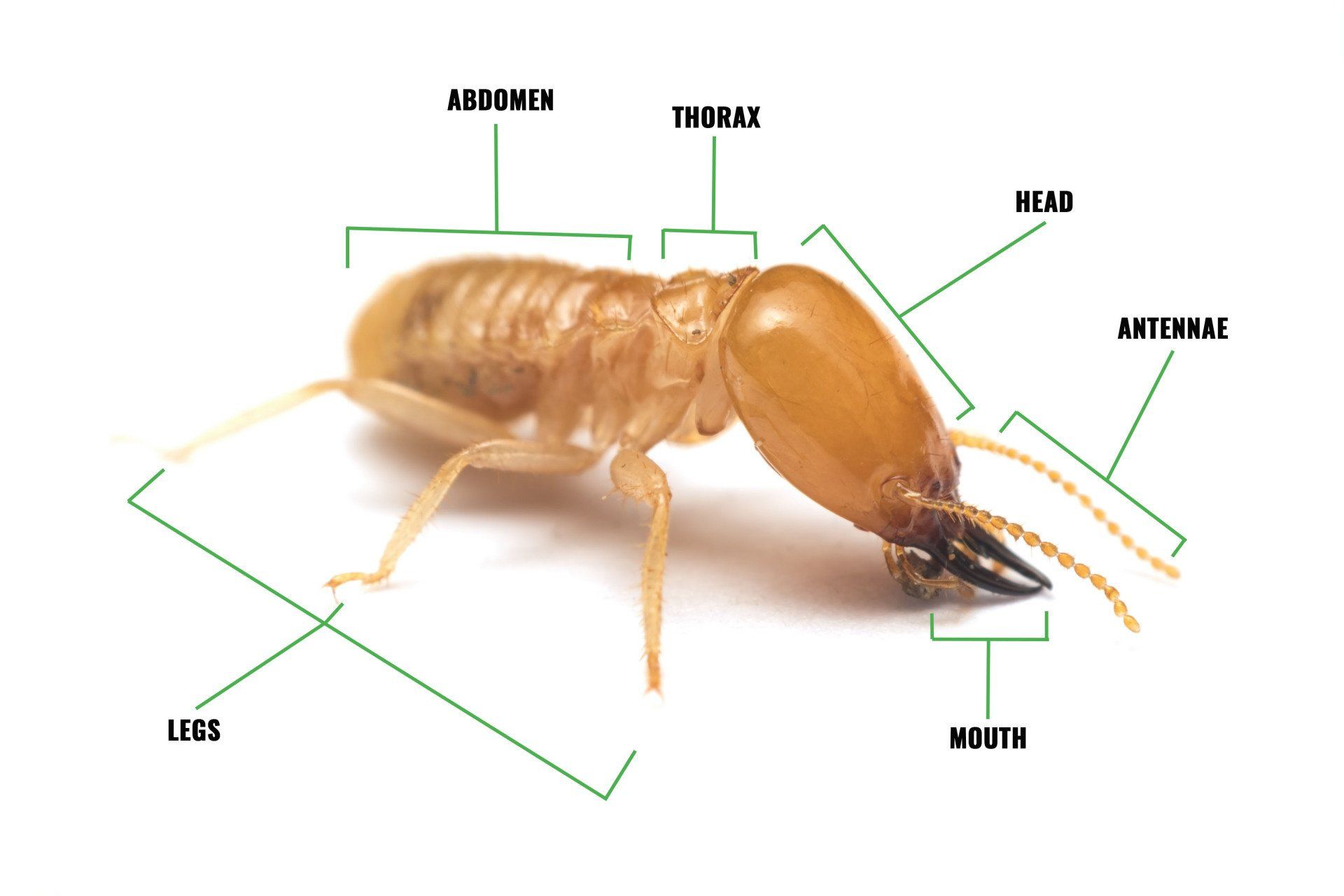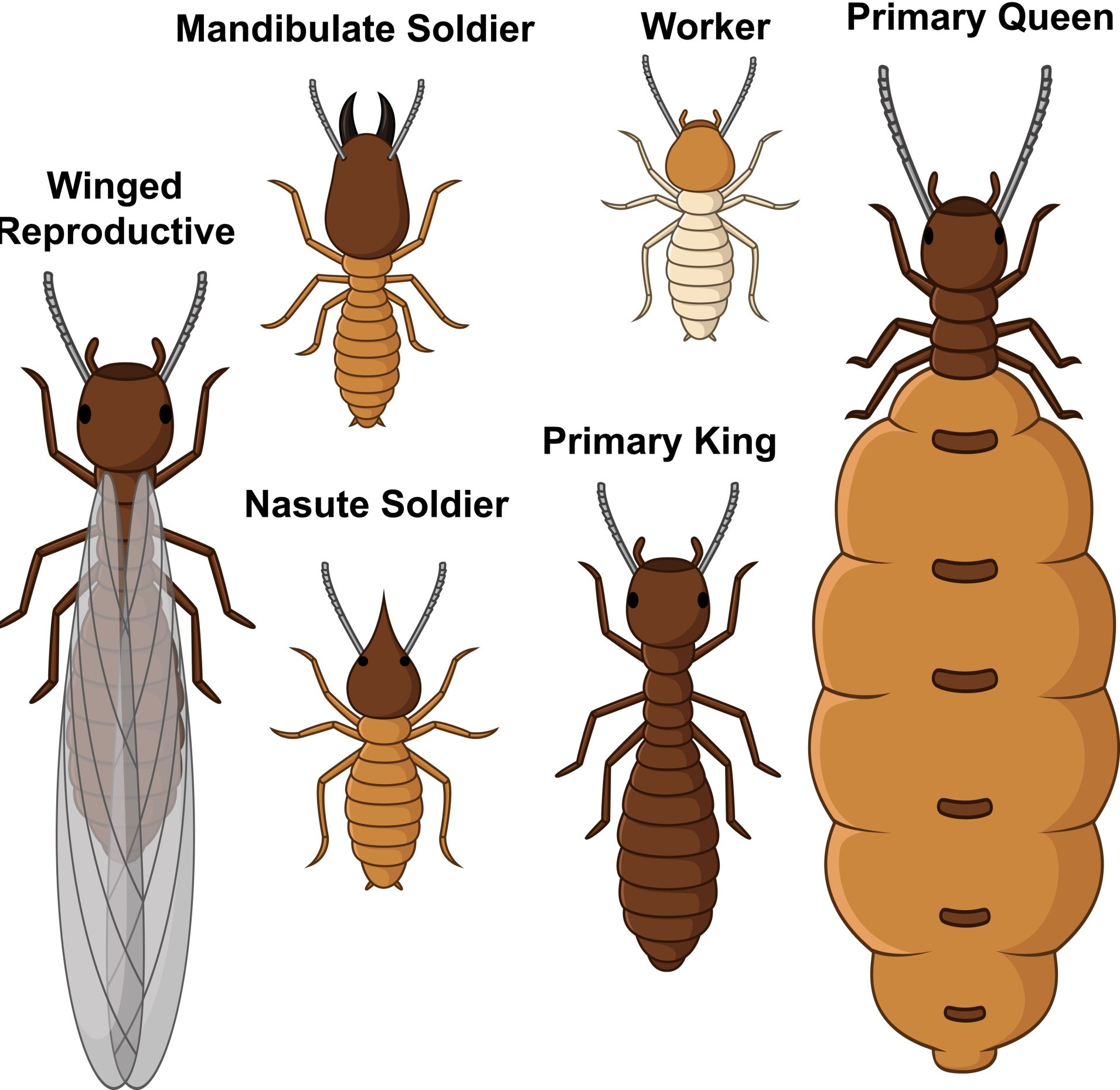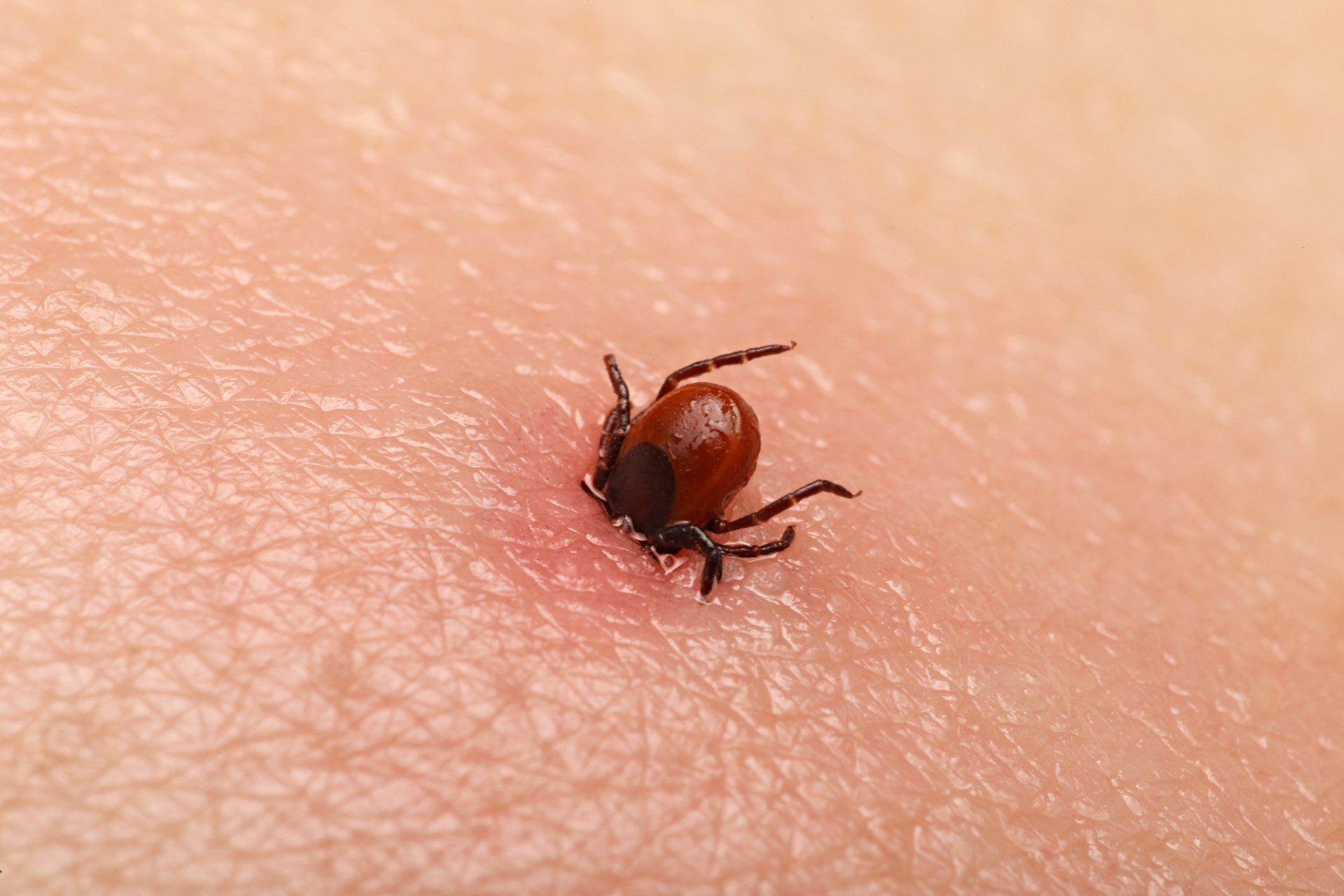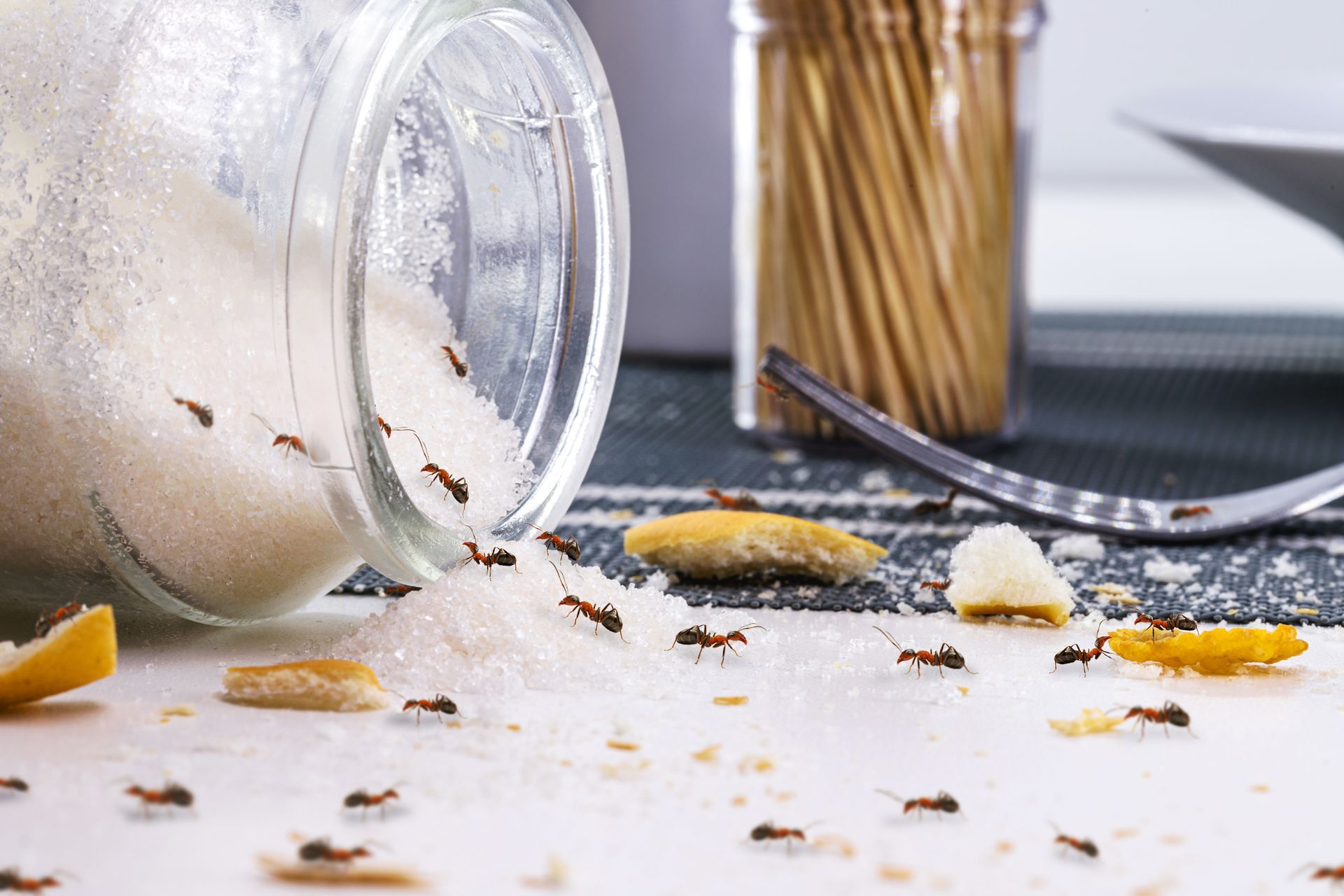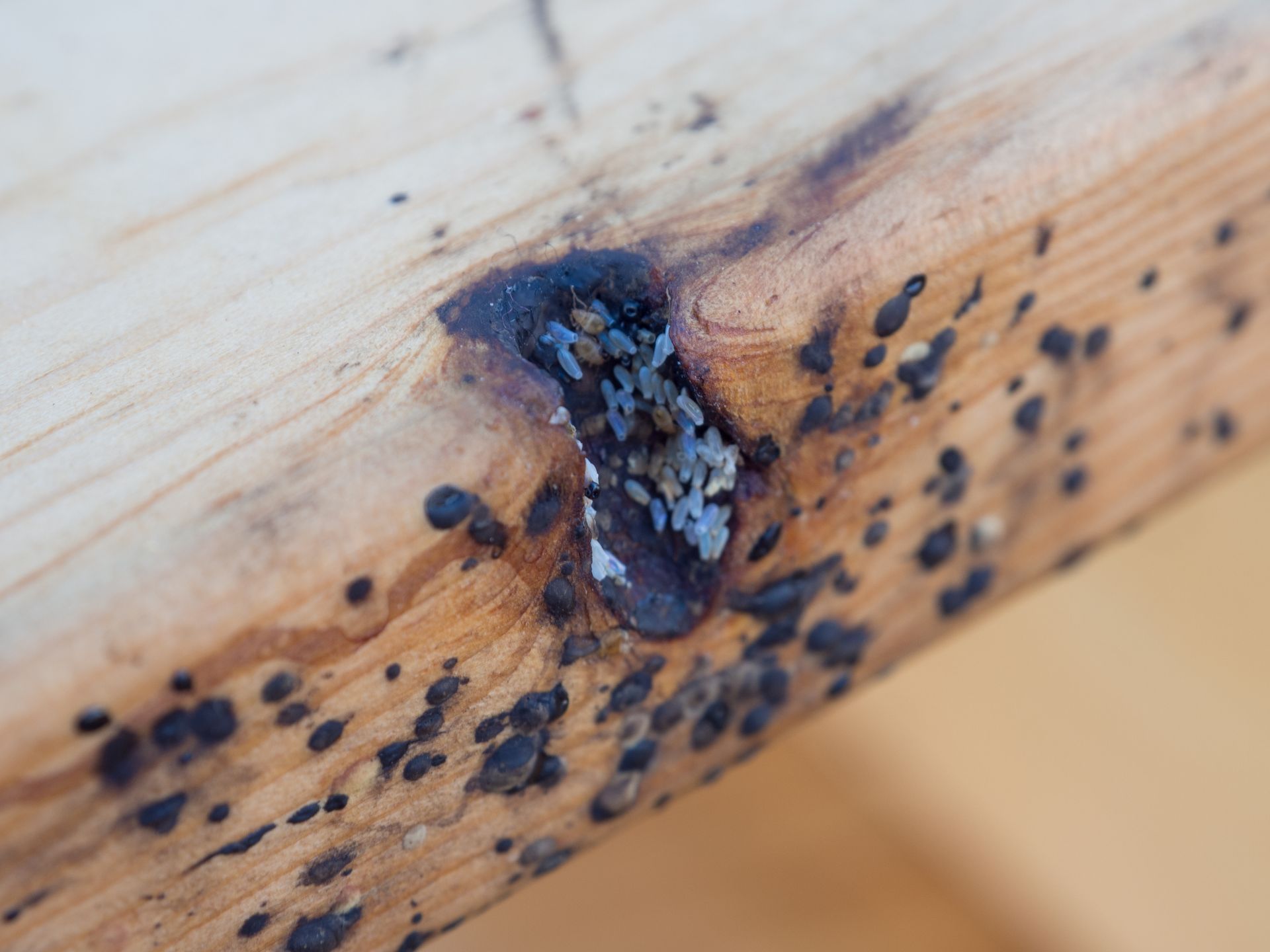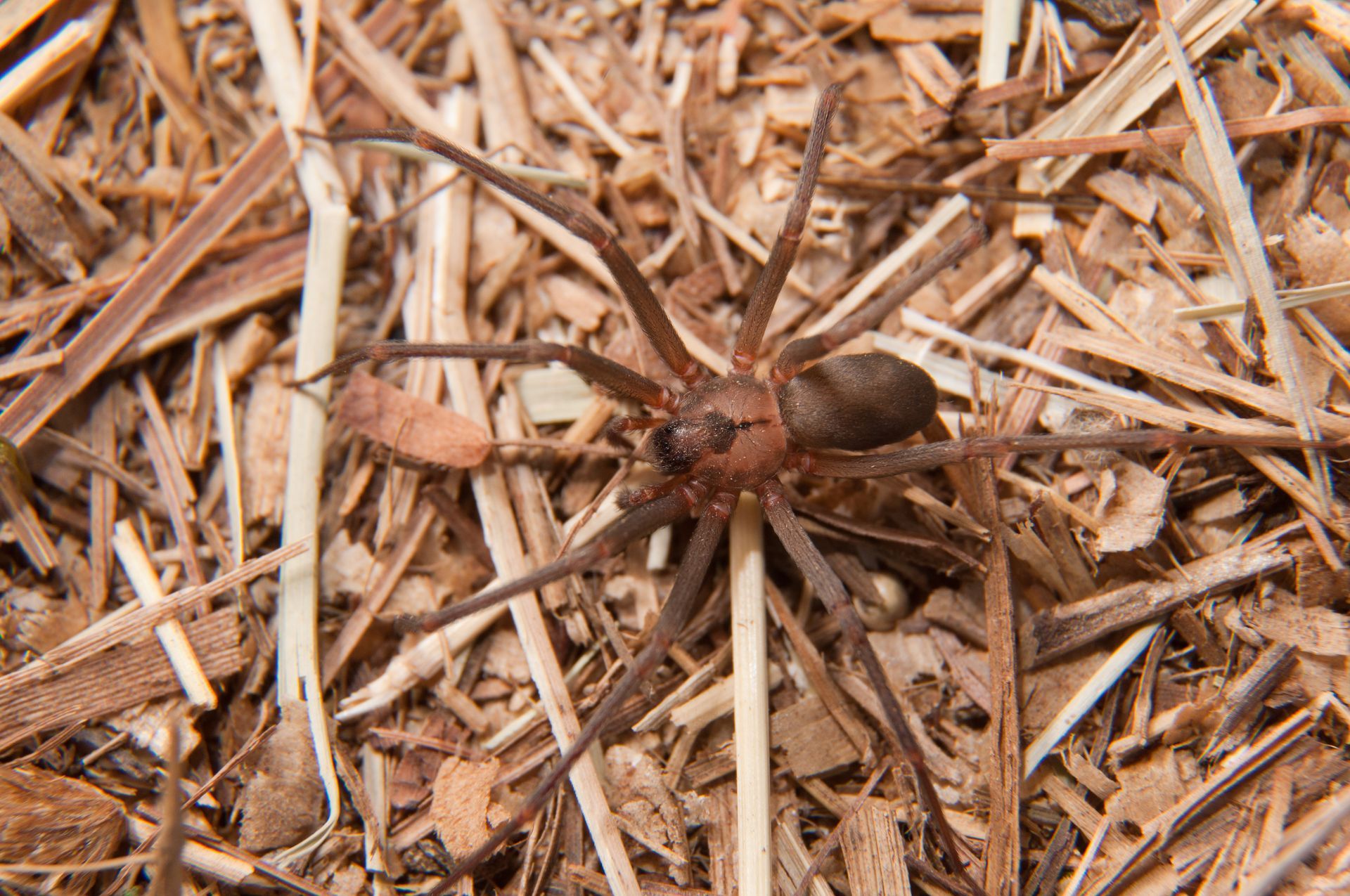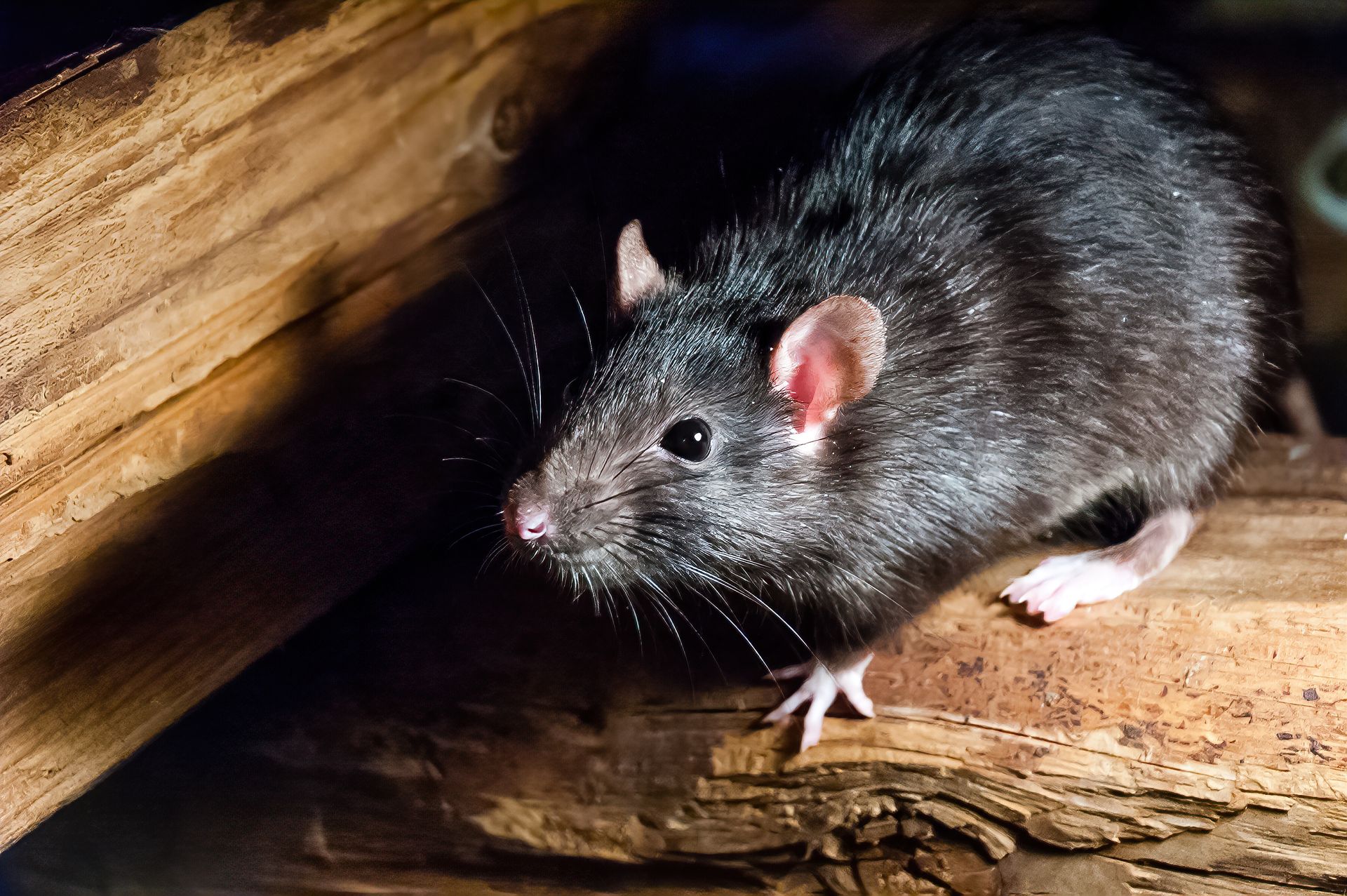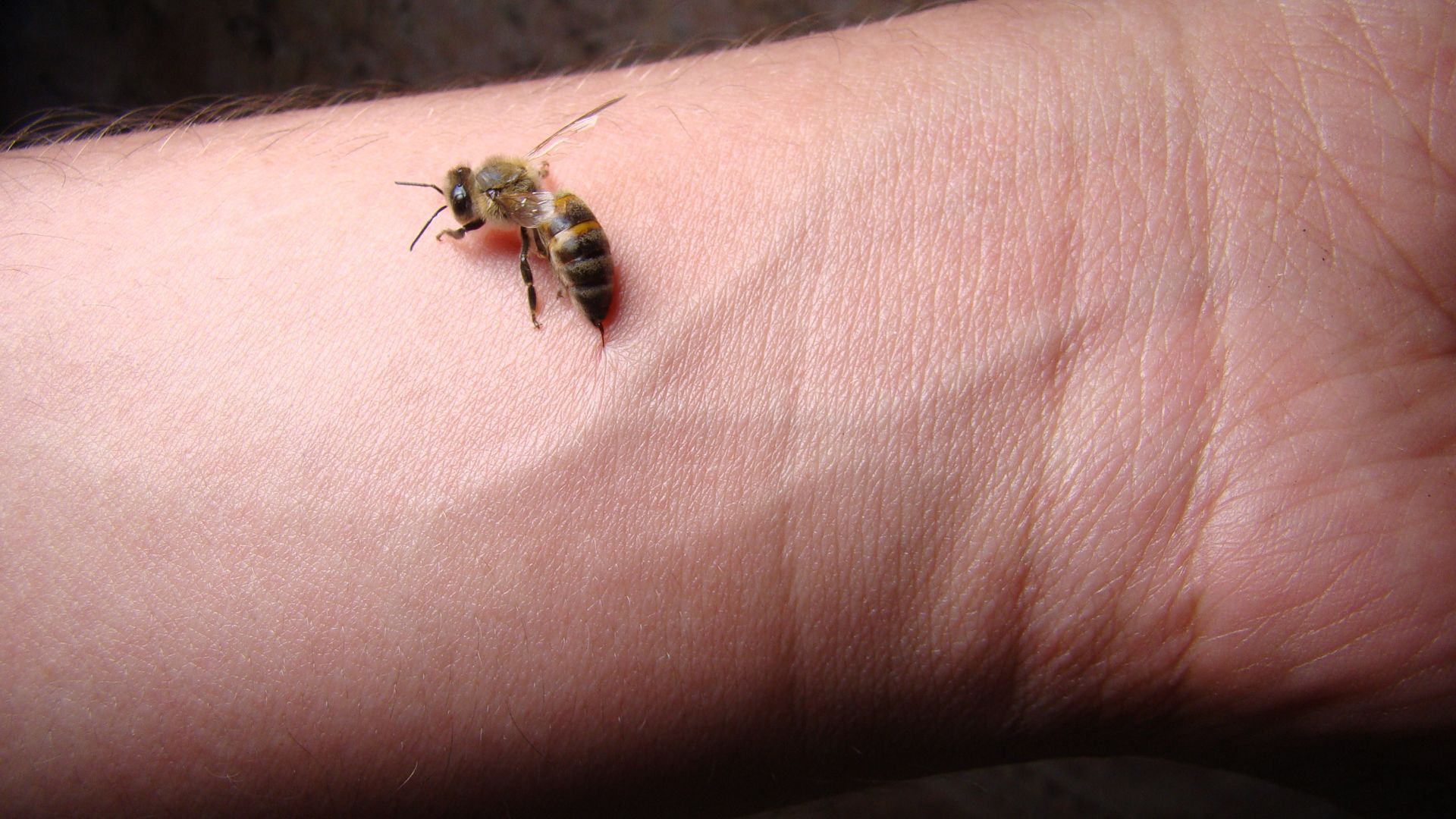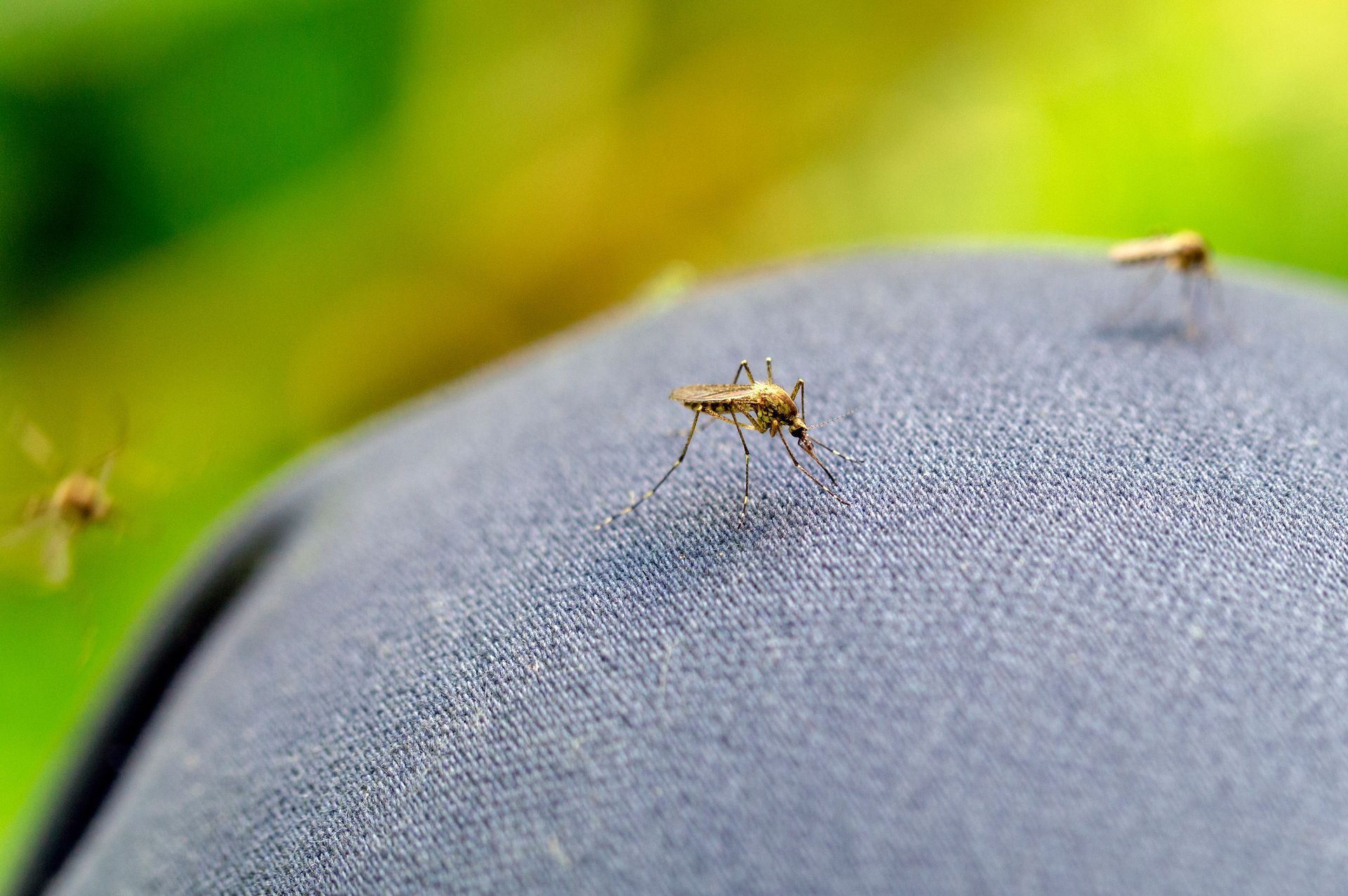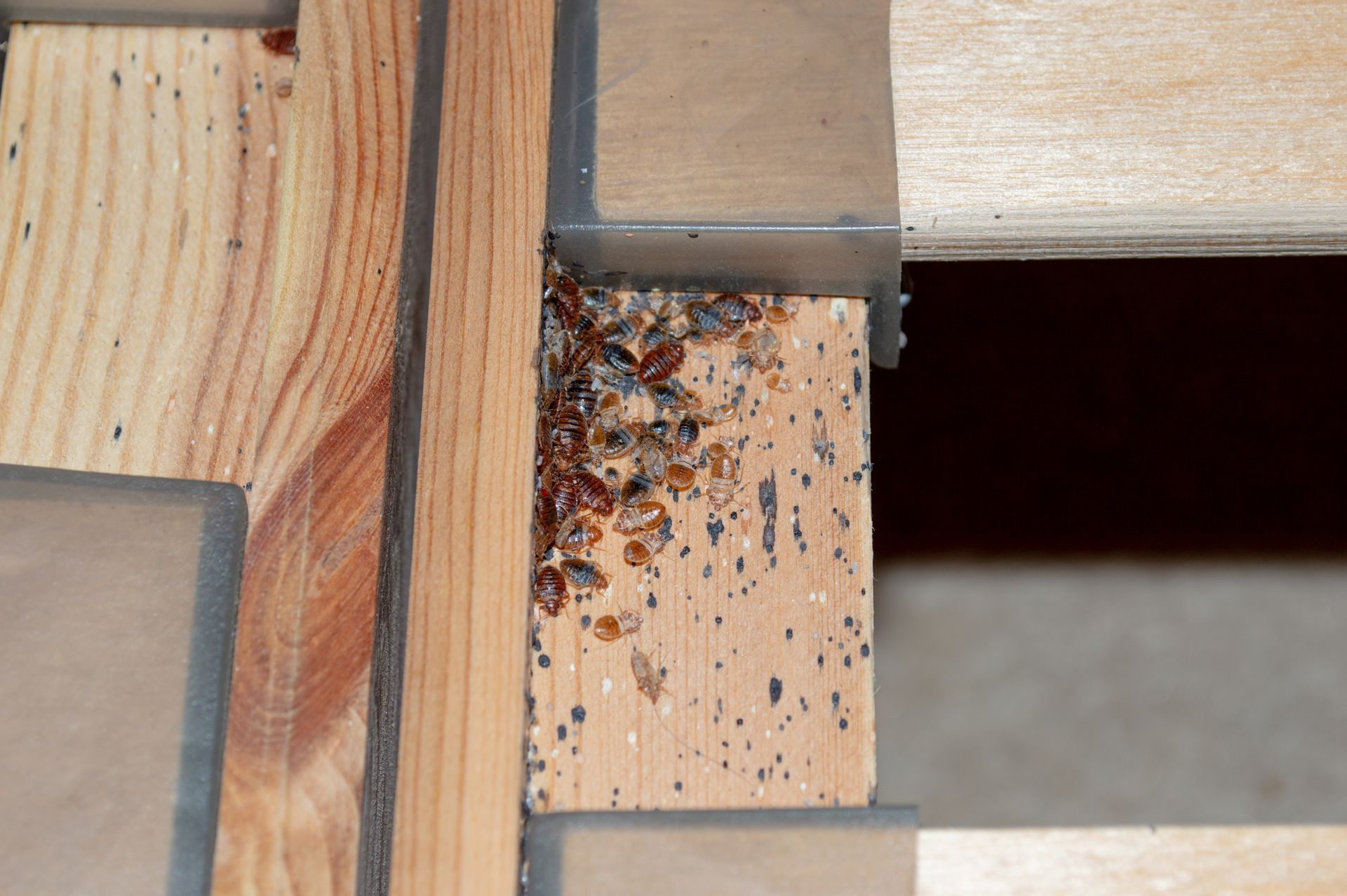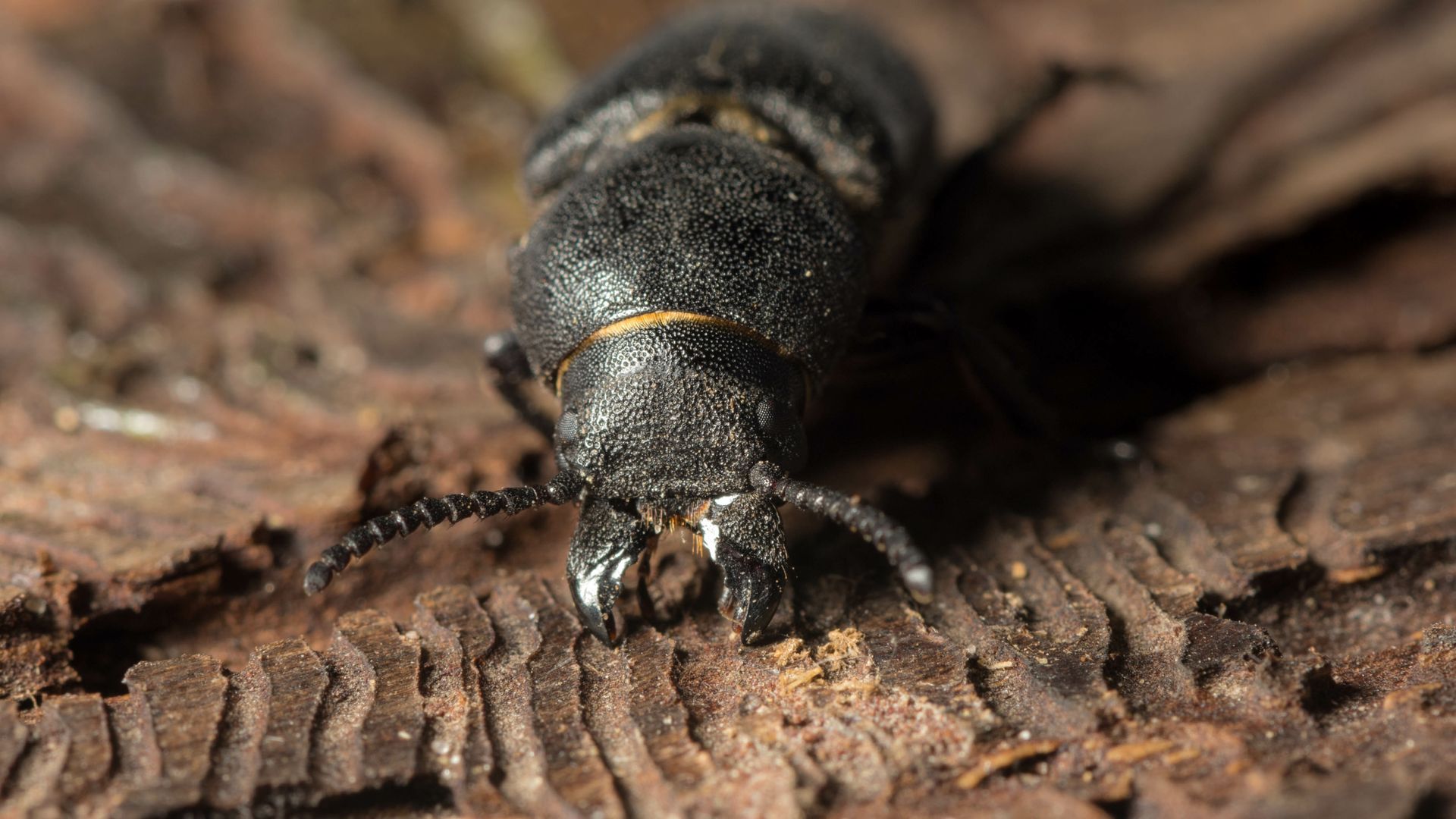What are Termites?
What Are Termites?

Termite Classification & Family
- Family Termitidae
- Subfamily Kalotermitidae (dry-wood termites)
- Subfamily Rhinotermitidae (subterranean termites)
Termite Identification
Termite Appearance
There are over 2,000 species of termites with over 40 that exist in the US. While there are some small differences, they generally have soft bodies with strait antennae. They measure between a ¼ to ½ inch long with the kings and queens capable of reaching over an inch in length.
Generally, termites range from an off white / yellow to dark brown in color with worker termites being lighter and swarming termites appearing darker. Due to their size and appearance, termites are often confused with ants which are usually much darker in color and smaller in size depending on the ant species. In addition, flying termites, also known as a winged reproductive, exist and have 2 pairs of prominent wings which are often confused with flying ants.
Types of Termites & Their Habitats
There are generally 3 major types of termites that exist in the US.
- Subterranean (Famosan) – Subterranean termites generally cause the most damage out of all the termites types. While they nest underground, these termites build mud tubes to reach sources of food and protect themselves from being exposed to predators. They eat wood at a never stopping pace and can critically damage a buildings infrastructure, even causing a complete collapse if untreated. It is not uncommon to see these colonies grow to 2-3 million which shows how damaging these termites can be. These termites can be found in all 50 states.
- Drywood – Drywood termites are generally less destructive than their subterranean counterparts as drywood termite colonies only can support a few thousand members. That said, because these termites prefer dry wood, they generally gravitate towards areas like support beams and framing which can cause damages that require expensive reconstructive repairs.
- Dampwood - Dampwood termites, like their drywood counterparts are much less invasive than the subterranean type. They are often found outside in areas that are not protected from the elements. That said, if they find access to areas of a home that have been impacted by moisture like leaks in plumbing or pooled water, these termites can cause sub structure damages to flooring and foundation support.
Signs of Termites
- Structural / Wood Damage – Homes that are constructed of wood are prime targets for termites but even those that are made from other materials can host infestations. This is because termites are capable of traversing through non wood material to get to sources of food like cabinetry, furniture, etc.
- Mud Tubes – Subterranean termites build mud tubes to help reach the food sources above ground. These tubes are made of soil and wood debris and help termites regulate ideal living conditions as well as protect against predators.
- Excrement – Also known as frass, termite droppings are a sure indicator that there is a termite infestation. These tiny fecal mounds are generally found at the entrance of a termite nest and can appear as a dark powdery substance or very small wooden pellets that look like sawdust.
- Discarded Wings – After swarmers mate and find a new location for their next nesting site, they will discard their wings. These can normally be found at entry points like windows, doors, and cracks and are normally only outwardly visible.
- Termite Tapping – This can be caused by both worker and soldier termites. Worker termites are noisy eaters and the sound of them breaking down wood cellulose is quite loud and can be heard if your ear is placed against a wall that is infested. In addition, soldier termites bang their heads against the wood as an indicator of disturbance or danger for the rest of the colony.
- Tunnels in Wood – These tunnels are called galleries and are difficult to see from the outside. That said, if these tunnels are visible in broken wood in or around your home, it is a good indicator that termites have taken residence.
- Hollow Sounding Wood – Termites generally consume from the inside out, leaving a thin layer of wood and paint after the damages are done. When a hollow sound comes from what should be solid wood, this is usually a sign of termite damages.
- Uneven / Bubbling / Peeling Paint – Often a sign of moisture build up, bubbling / peeling paint can be indicative of termites as well. This is caused by the moisture that often accompany a termite infestation.
- Termite Swarms – Usually the first sign of an infestation is the presence of a flying termite swarm. These swarms are the males and females that have left a colony to mate and find a new nesting location to establish a new colony. Different species of termites swarm under different conditions but all drywood termites tend to swarm after rain at a particular time of year.
- White Ants – Often times confused with ants, less mature termites appear lighter in color. A good indicator of termites vs ants is the fact that termites can appear to be white in color.
- Dried Mud / Pin Holes – These indicators are generally a sign of exit holes caused by termites. They can be indicative of swarmers who have left the colony or of accidental surface breaches that workers repair to minimize external exposure. If the mud is scraped away to uncover a small pin hole, there is a strong chance of infestation.
- Stuck Windows / Doors – Often times related to water damage, stuck windows / doors can also indicate wood warping caused by termites. The moisture produced when eating and tunneling can cause wood to change form and expand / contract causing wood on wood connections to become poorly fitted for easy opening.
- Discolored / Drooping Drywall – This could be caused by termite galleries under the surface of drywall / sheetrock. Termites can’t eat the gypsum, but they will eat the cardboard covering as well as any wood paneling underneath.
- Blistering / Buckling / Squeaky Floorboards & Tiles – While this could be a sign of wood rot, this is also indicative of structural damage under the floor causing the floor to buckle and tiles to loosen. If the floor is blistering, this could be indicative of active termites causing panels to swell to make room for a nest.
- Power Short Circuits – Termites are often attracted to the warmth of electrical fittings and can inadvertently cause short circuits. If this is a common occurrence, check for a build up of excrements or earthy materials that indicate an infestation.
Termites Damage
On average, termites are responsible for $1 - $2 billion in property damages annually. Most of this goes unnoticed until colonies are fully mature, and indicators of an infestation are much more visible. This can also include new development as termites are not partial to older already decaying wood structures. Depending on the extent of the damages and where the damages occur, repairs can be extremely complicated and expensive.
Termite Damages to Floors & Substructures
Wood Floors
Termites rarely focus only on superficial hardwoods and would much rather prefer to feed on the softer wood used in the subfloor and support beams beneath what is visible to human inhabitants. Given that, when damage to hardwood floor becomes apparent, it is indicative of a full blow infestation that has likely damaged much of wood underneath.
As mentioned above, several signs of termites causing floor damage can include squeaky panels as weakened floors are more sensitive to movement and hollow sounding floor panels as there are likely cavities left in the subfloor.
Floor Joists
Floor joists are primary components in the framing that supports the floor. If these joists have been weakened by termites and the correct steps to remediate the damages have not been taken, there is a chance that the floor could collapse under the weight of the heavy object supported by the floor. These repairs can be extremely expensive and complicated as new support will need to be introduced while also accounting for subfloor components like venting, electrical, and plumbing.
Laminate
Termites generally do not eat laminate but will sometimes chew through it and create small holes. Instead, laminate flooring that is impacted by termites often looks like it has undergone water damage. It will blister and sag and will require removal and replacement to see if there is a widespread termite problem.
Floor Tiles
Once termites damage the subfloor or joists, tiles will often come loose due to areas of the floor that sag. There is also the possibility that moisture introduced by termites can weaken the adhesive prompting tiles to come undone.
Foundations
Termites will not eat at a foundation made of concrete or brick but the can use small cracks in the foundation to enter a home. Cracks as thin as a business card are enough for enough for termites to enter and create a colony.
Termite Damages to Ceilings
Termite damage caused to ceilings generally looks like water damage because the impacted areas buckle and sag. This damage can be caused by both drywood and subterranean termites. Drywood termites can enter attic areas after swarming and can enter directly via any opening and establish a nest is an open attic space. Subterranean termites on the other hand will start from the ground up. If they have been able to reach the upper areas of a structure this likely indicates that they have already moved through the lower areas causing massive amounts of damage. Cracked ceiling prompted by structural timbers shifting or mud tubes leading up to or around the ceiling / attic are both concerning signs that might be indicative of termites.
Termite Damages to Walls
Walls can be easy to reach for termites making them much more susceptible to damages. In addition to causing damages to wooden framing, termites will also eat other building materials made from cellulose including baseboards and wallpaper. If there are signs of what appears to be water damages to drywall and paint, this could also be a strong indicator of termites that have managed to infest the walls.
Termites Stages & Life Cycle
Termite Castes
Not only do several species of termites exist, each species also has several castes in which they perform different roles. These roles can impact how they look as each role has a very specific function in the overall hierarchy of a termite colony.
King & queen
Head of the colony and are the largest of the different castes.
Workers
Worker termites tend to be lighter in color and are the smallest of the castes. In general, workers are soft bodied and look like larvae. Termite workers gather food and feed the colony, maintain the nest, and care for the young.
Soldiers
Soldiers tend to have heads with large jaws and are darker in color. These large jaws, or mandibles, are used to help protect the colony
Reproductives / Swarmers / Alates
These termites have reached a level of maturity where they develop wings and hard exoskeletons that are generally dark in color. They develop 2 sets of wings that are almost twice the size of the termite body. These termites are the only sexually mature members of the colony and often leave the nest in search of a new place to create a new colony.
Termite Facts
What do termites do and eat?
Termites have ecological benefits because they break down decomposing wood debris to add nutrients into the soil. That said, the same behavior when applied to man made structures can cause extensive damages which can compromise structural integrity. Without the proper treatment, termite damage can render a home unlivable as it will be deemed no longer safe for human habitation.
Termites are known as detritivores which consume dead plants and trees. They get their nutrition from cellulose which makes up the most of the termite’s diet. That said, termites have been known to eat through other materials like paper, plastic, drywall, and carpet.
Termite Life Cycle & Reproduction
Termite workers and soldiers can live up to 2 years while queens can live as long as 10 years under optimal conditions.
Mating Flight
A termite’s life cycle begins with flight as the reproductives leave to establish a new colony. After fertilization occurs, the wings are discarded, and a new colony is created where a single queen and king emerge from the swarm.
Termite Eggs & Larvae
After the fertilized queen lays eggs, the eggs develop into white larvae that are then taken care of by the workers
Termite Molting
Termite larvae will start to develop a soft exoskeleton on the way to becoming it fully mature version of itself. This soft exoskeleton is eventually molted and replaced with a harder shell as the termites develop into one of the 3 castes: workers, soldiers, and reproductive. The molting process can continue as the different castes can change dependent on what a colony needs to survive.
Termite FAQs
- How do you kill termites?
There are 2 main chemicals used to treat termites – Fipronil and hexaflumuron. Fipronil is used as an active ingredient in many termiticides and is found in commonly used spray applicated termiticides like termidore. In high enough concentrations it can kill termites on contact. Hexaflumuron is a termiticide commonly found in termite bait. Termites will often find the poison and carry it back to the colony which causes widespread infection before killing off the rest of the nest.
- Can you see termites?
Termites are visible to the naked eye. Swarmers, or winged termites are even bigger and can be easily spotted outside of a home or business.
- Are termites dangerous?
Termites are generally not dangerous to humans or pets but have been known to sting on rare occasions. The bigger concern is allergies or respiratory problems caused by reactions to frass or termite induced mold.
- Are termites hard to get rid of?
Once termites have colonized an area, they can be hard to get rid of. Homeowners will often try DIY methods of eradication but unless all termites including the queen have been eliminated, there is a strong possibility of reinfestation.
- How serious are termites?
Termites can cause billions of dollars of structural damage a year. They can injure living trees and shrubs in addition to causing massive structural damage to a home or business.
Request A Free Estimate
We will get back to you as soon as possible
Please try again later
Immediate Service Available
Services
Customer Care
Legal
Working hours
- Mon - Sun
- -
All Rights Reserved | EcoGuard Pest Management | All Phone Calls Recorded | By Using Website You Agree To Terms Of Use



